Phoenix
(2011 - 2012)
The mythological Firebird rises from the ashes and becomes eternal. “Phoenix” is the title of Angelika’s most recent series. It implies that these pictures are about death, rebirth, and survival. Indeed she addresses this concept in every picture, in a multitude of different ways. Stories, allegorical or real, of life rekindled drive her portraits here. One of my favorites is animage that in its composition and light reminds of a Vermeer. It is of a no longer young but powerful choreographer posed in front of an exquisite Chinese screen. She is defiant and proud, and her gaze seems to challenge death. And she did. This photograph, as with all her images, was pre-conceived. They start as concepts but only the best; she says to her frustration, translate into successful photographs. A tableau of a newborn baby indicates the moment between suffocation and birth. I look at an eerily beautiful landscape of what I take to be dead trees wrapped in an ocher light that makes them glow. She has fooled me. Instead of death they signify survival as they have been replanted to grow. I try to figure out the still life of a bizarre looking fish. I am correct about its oddity but I do not know that it grows a mustache after death. And there is the lovely picture of a dragonfly reborn after Angelika had destroyed the image. She gave life back to it by folding the print and then re-photographing it. I marvel how Angelika can be in command of various genres of photography. She uses them expertly in order to weave her net of ambiguous tales, and I happily try to solve the puzzle of death and survival.
Elisabeth Biondi
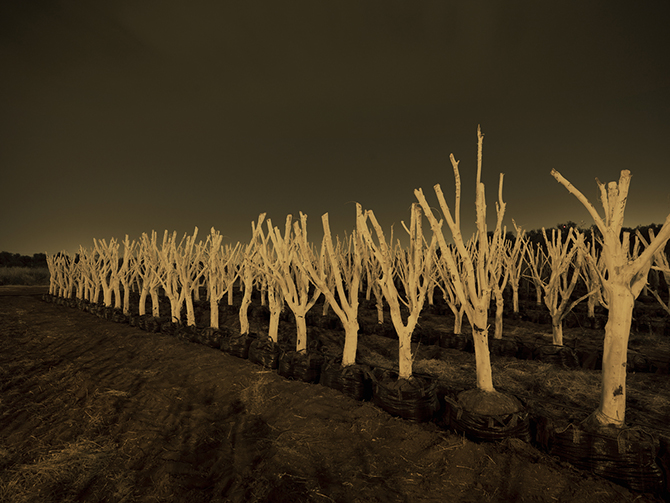
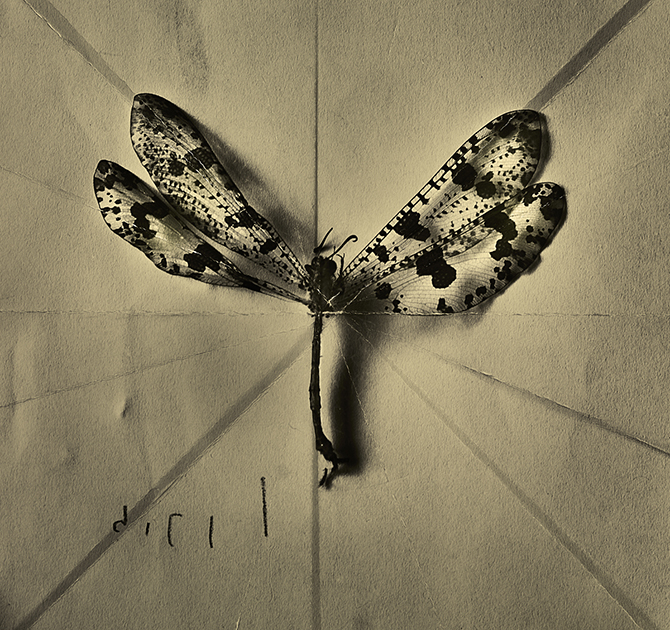


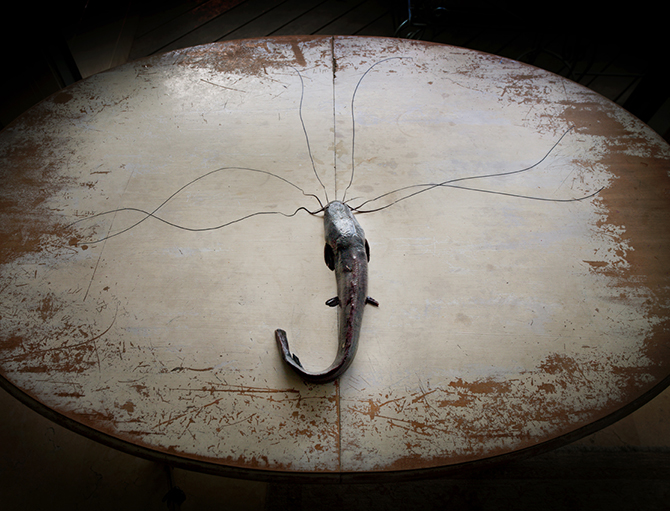
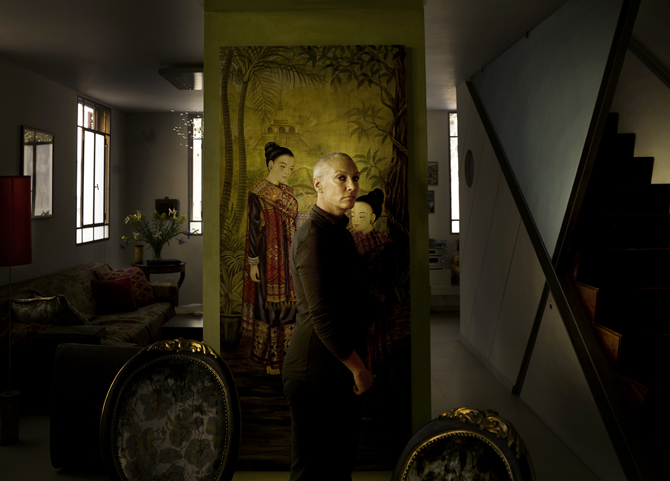
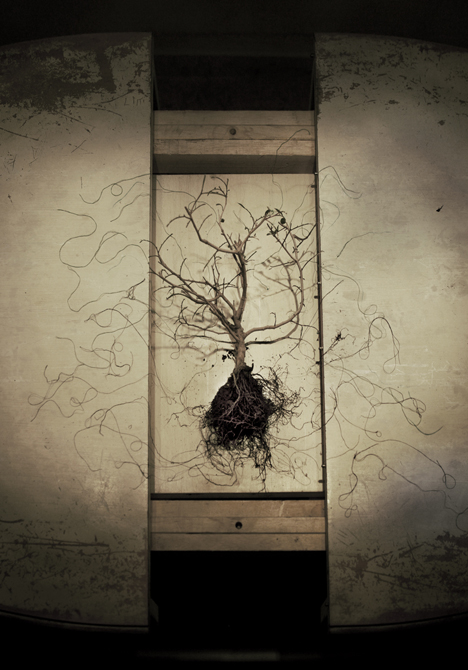

Phoenix
The mythological Firebird rises from the ashes and becomes eternal. “Phoenix” is the title of Angelika’s most recent series. It implies that these pictures are about death, rebirth, and survival. Indeed she addresses this concept in every picture, in a multitude of different ways. Stories, allegorical or real, of life rekindled drive her portraits here. One of my favorites is an image that in its composition and light reminds of a Vermeer. It is of a no longer young but powerful choreographer posed in front of an exquisite Chinese screen. She is defiant and proud, and her gaze seems to challenge death. And she did. This photograph, as with all her images, was pre-conceived. They start as concepts but only the best; she says to her frustration, translate into successful photographs. A tableau of a newborn baby indicates the moment between suffocation and birth. I look at an eerily beautiful landscape of what I take to be dead trees wrapped in an ocher light that makes them glow. She has fooled me. Instead of death they signify survival as they have been replanted to grow. I try to figure out the still life of a bizarre looking fish. I am correct about its oddity but I do not know that it grows a mustache after death. And there is the lovely picture of a dragonfly reborn after Angelika had destroyed the image. She gave life back to it by folding the print and then re-photographing it. I marvel how Angelika can be in command of various genres of photography. She uses them expertly in order to weave her net of ambiguous tales, and I happily try to solve the puzzle of death and survival.
Elisabeth Biondi